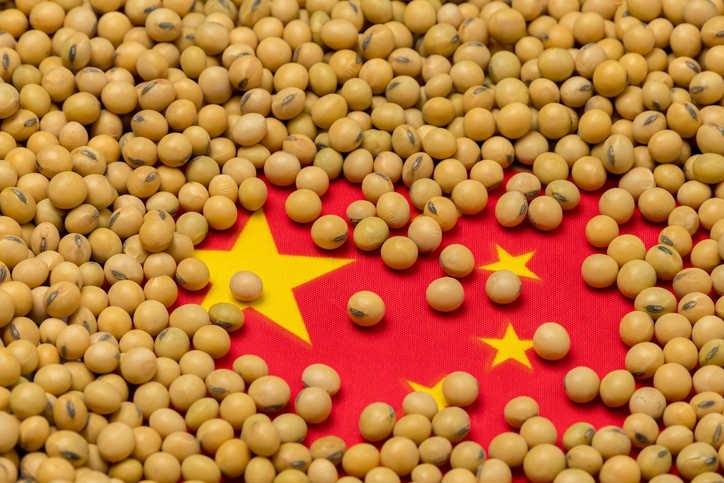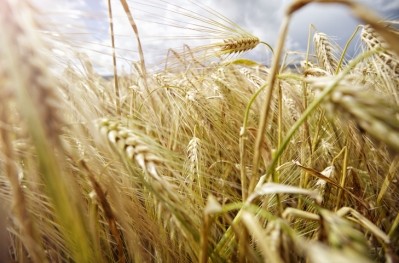China: Soybean imports and soybean meal use in feed forecast to increase

Alternative feed inputs, particularly wheat, are set to become less price competitive, encouraging greater use of the oilseed components, reads a USDA FAS publication.
Depressed demand for soybean meal
Slowing economic growth, higher global commodity prices, and COVID-19-related restrictions have weakened Chinese demand for meals and vegetable oils, according to the authors.
Swine and poultry producers, struggling to reach profitability in the first half of MY 2021/22, reduced soybean meal (SBM) inclusion rates in feed, driving down crush and demand for imported soybeans.
A string of COVID-19 related restrictions and lockdowns affecting cities across China reduced food service sector demand for vegetable oils which, combined with high international vegetable oil prices, reduced vegetable oil imports in the first seven months of MY 21/22 by more than 50%, found the report.
Boost in domestic oilseed production
The USDA FAS review expects Chinese soybean production for MY 2022/23 to reach 18.4 MMT on expanded area driven by high domestic prices and government policies incentivizing oilseed production.
Soybean crush and imports are forecast to recover to 95 MMT and 98 MMT, respectively, in MY 2022/23, driven by increased cost competitiveness of SBM compared to other protein-rich feed alternatives.
State reserve auctions of soybeans continue to occur on a weekly basis with offered volumes averaging close to 500,000 MT. As of June 17, the auctions had sold 2.4 MMT of soybeans, or 38% of offered volumes, as per the USDA FAS data.
Rapeseed production is forecast to reach 14.85 MMT in MY 2022/23, up from an estimated 14.45 MMT in MY 2021/22. "The increase reflects area expansion and higher yields due to good weather conditions. Rapeseed area has expanded moderately in the Yangtze River region, including Sichuan, Hubei, and Hunan, mainly driven by local demand for rapeseed oil and rising rapeseed prices in 2021."








